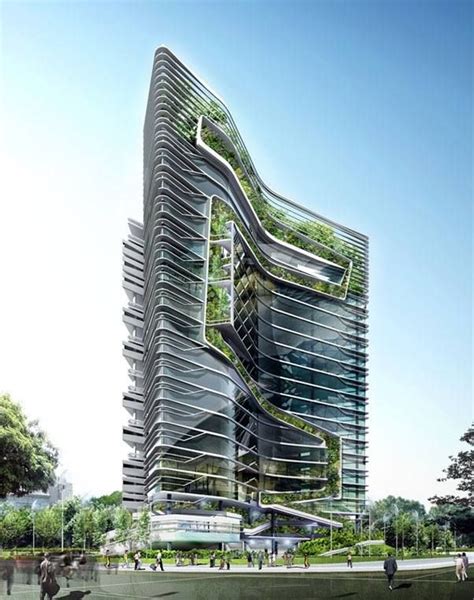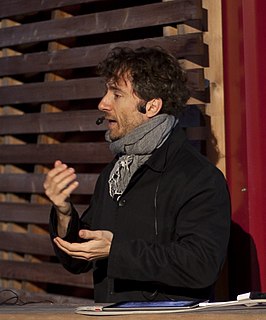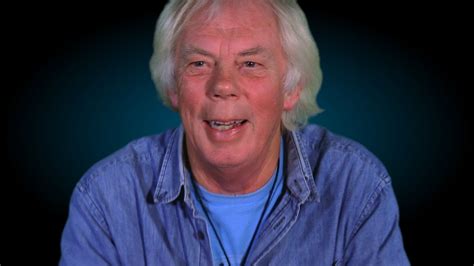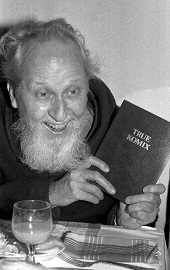A Quote by Ben Nicholson
I have a book of buildings from 25,000 BC. These are huts built out of mammoth bones. These buildings were beautifully made, from the bones of the body into shelter.
Related Quotes
I wrote a book called 'Doll Bones', which was another middle-grade book, and when I was writing it, I needed a place in the U.S. that made bone china. And there are only two places in the U.S. that make bone china. They made it by grinding down actual cow bones. It was a plot point. It was a creepy doll book.
There was a time in our past when one could walk down any street and be surrounded by harmonious buildings. Such a street wasn't perfect, it wasn't necessarily even pretty, but it was alive. The old buildings smiled, while our new buildings are faceless. The old buildings sang, while the buildings of our age have no music in them.
These were the lovely bones that had grown around my absence: the connections-sometimes tenuous, sometimes made at great cost, but often magnificent-that happened after I was gone. And I began to see things in a way that let me hold the world without me in it. The events that my death wrought were merely the bones of a body that would become whole at some unpredictable time in the future. The price of what I came to see as this miraculous body had been my life.
I'm afraid what we are building today will not have the same impact and sustainability of the architecture of a 100, 500 or 1,000 years ago. The buildings of those days were miracles. We don't perform such miracles today. So we should be a little more modest. For my part, I'll be glad to show one of my buildings one day to my grandchildren and say: I'm proud of that.
There are hundreds of Frank Lloyd Wright buildings around the United States and in other countries, too. Wright lived into his 90s, and one of his most famous buildings, the Guggenheim Museum in New York, was completed just before his death. Wright buildings look like Wright buildings - that is their paradox.
We are going to have bodies like Jesus did after He was resurrected. Each of us is going to have a new eternal, glorified body. It will actually be constructed as we are now, of flesh and bones - but eternal flesh and bones, incorruptible, immortal flesh and bones. It's going to be material, natural, recognizable, seeable and feelable.







































